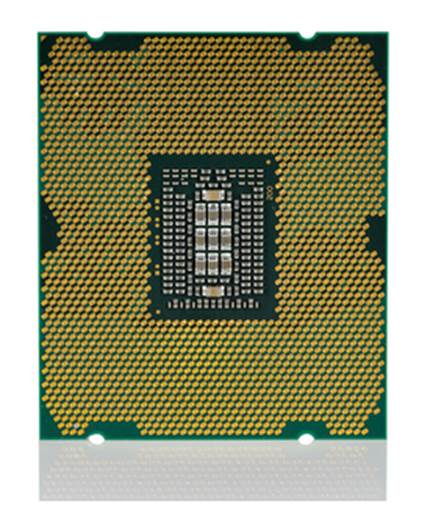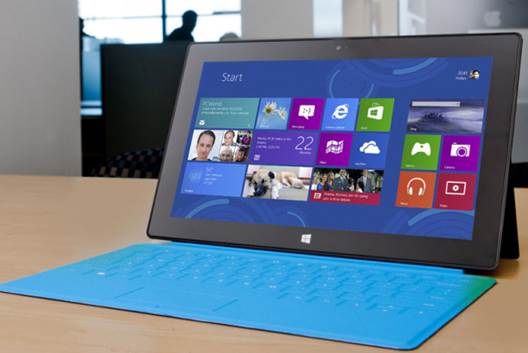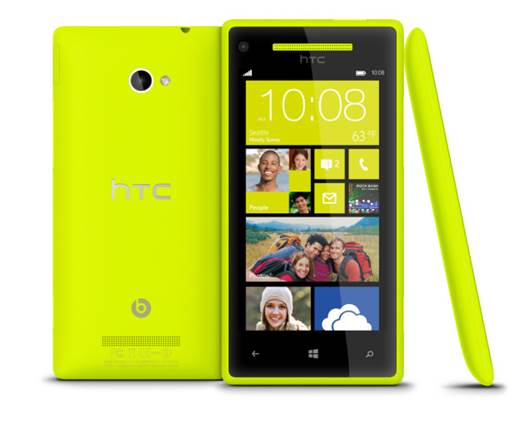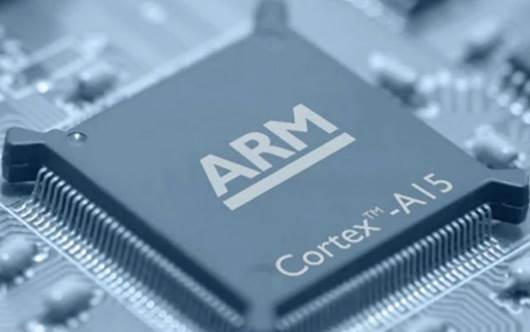We investigate why ARM CPUs could
signal the end of the x86 computing era
The end is nigh for the era of x86
computing. And that means the PC as we know it is not long for this world. It’s
awfully tempting to draw that conclusion right now, what with devices and chips
powered by the alternative ARM architecture popping up all over the
metaphorical shop. But is it actually true?
Let’s kick off by considering who and what
ARM is, how it operates and why it’s increasingly a threat to the x86 establishment.
The key difference between ARM and x86 isn’t actually architectural. It’s
corporate structure.

Are
we seeing the beginning of the end of the x86 era?
These days, only Intel and AMD make x86 compatible
chips of any significance. Their designs are entirely in-house and they share
only compatibility with the core x86 instruction set and some extensions, such
as SSE and AVC. The model for ARM chips, however, is completely different.
ARM itself doesn’t make any chips at all but
it licenses both the ARM instruction set, in various guises, and fully tooled
up CPU cores and associated circuitry. A roster of companies well into double
digits manufactures ARM-compatible chips, either by taking complete ARM designs
off the shelf or cooking up some cores of their own. Most makers of ARM chips
take pre-designed cores and integrate them into some kind of multi-purpose
chip. But a few, including Qualcomm, and most recently Apple with its A6 and
A6X chips in the iPhone 5 and iPad 4, design their own CPU cores. Either way,
the upshot it fierce competition and rapid innovation of a sort that makes the
x86 market look very, very stale.

Microsoft’s
Surface uses ARM technology to drive its new Windows RT OS
If that’s what makes ARM chips different
from a business background, they’re architecturally opposed to x86, too. To
really simplify the story, ARM chips start off from an assumed position of low
cost and high efficiency and have been working towards delivering high
performance. Meanwhile, x86 is traditionally a high performance architecture
that’s been driving towards improved power efficiency. To put it another way,
ARM chips have traditionally been found in mobile and embedded devices and now
look set to break out into wider use, while x86 chips were all about relatively
big iron desktop, workstations and servers and are now being squeezed into
ultra-mobile gadgets.
As ever, though, it’s not quite as simple
as that. Part of the problem for x86 is that the mobile and embedded markets
are where all the growth, excitement and innovation are right now. Traditional
desktops are a slowly dying breed, laptops are doing okay but are threatened by
an existential crisis in the form of tablets and tablet convertibles. Even
servers, now the x86 heartland, are under assault by a plague of microservers
powered by ARM chips.

The
HTC 8X is powered by a Qualcomm S4 CPU
Seemingly backing up this picture is a
recent trend for established operators in the x86 space to announce plans for
ARM-based activities. The two highest profile examples here are Microsoft and
AMD. Windows 8 is currently rolling out in both x86 and ARM compatible
flavours. That’s a huge symbolic shift, even if it’s unclear whether Windows
RT, as the ARM-compatible build is known, will gain any traction. At the same
time, AMD has announced plans to produce server chips using ARM-licensed
architectures. Now you could argue that AMD’s move reflects its failure to
compete with Intel in a fair x86 fight. But whatever the reason, it does leave
Intel looking increasingly isolated. A single outfit, albeit a massive one,
taking on the rest of the world. What’s more, while ARM seems to be
assimilating traditional x86 markets, there’s no doubting Intel has struggled
to make significant inroads into ARM’s territory. Intel’s Atom chips have been
on the market getting on for five years and have yet to make a noticeable dent
in ultra-mobile markets.
The final piece of the puzzle involves the
notion of ‘good enough’ computing. This is the idea that for many applications,
you only need so much computing power. There’s plenty of evidence that
traditional x86 CPU technology is close to or may already have reached this
point. Take Intel’s own product planning. For several generations of PC
processors, Intel has prioritized power efficiency and graphics over
conventional CPU performance. And so Intel’s mainstream CPUs have been stuck on
four cores for several years, with relatively minor speed bumps and tweaks for
improved IPC or instructions per clock. The increased transistor budget made
available by shrinking manufacturing technology has either been spent on
increasing the complexity of the integrated graphics core or simply passed over
for greater margins. If Intel was remotely pushing the raw performance part of the
package, we’d have six- and eight-core chips for the LGA1155 socket.
So let’s assume we have good enough
computing already on the PC. The argument then turns to how far away the ARM
horde is from delivering that same level of good-enough performance. Here, too,
we have some carry trends scary for Intel that is. ARM has a pair of new
processor families that look set to which is just beginning to appear in
devices. Cortex A15’s big party trick is out-of-order instruction execution.
We’ve covered the detailed implications of this in detail in PCFormat’s passim,
but suffice to say it makes a big difference to inter-process communication
(IPC). Early benchmarks of A15-powered devices suggest it’s a huge step forward
for ARM and easily has the legs on Intel’s current Atom chips, which rather
ironically remain in order at the moment.
Next up is the ARM Cortex A50 Series. In
simple terms, there are just 64-bit rehashes of existing 32-bit ARM designs. So
the A53 is a 64-bit Cortex A7, the A57 a 64-bit A15. In this context, it’s the
A57 that’s really interesting. Tweaks to the existing A15 pipeline, along with
wider floating point execution, are said to boost performance by 30 to 40 per
cent. A15 is probably more than twice as fast as existing ARM cores and perhaps
50 per cent or more faster than existing Atom cores. So A15 with a 40 per cent
boost is going to be one hell of an ultra-mobile CPU core. Suddenly, it’s
possible to imagine ARM cores approaching that good-enough performance
territory.

ARM's
Cortex-A50 series of processors are based on the ARMv8
Of course, Intel won’t be standing still.
Next year will see the first new Atom CPU core design since the original
launched in early 2008. IT’s going to be out-of-order and the fight with ARM
Cortex A57 and indeed other high performance ARM cores is going to be
spectacular.
There can only be one winner. But will it
be Intel?